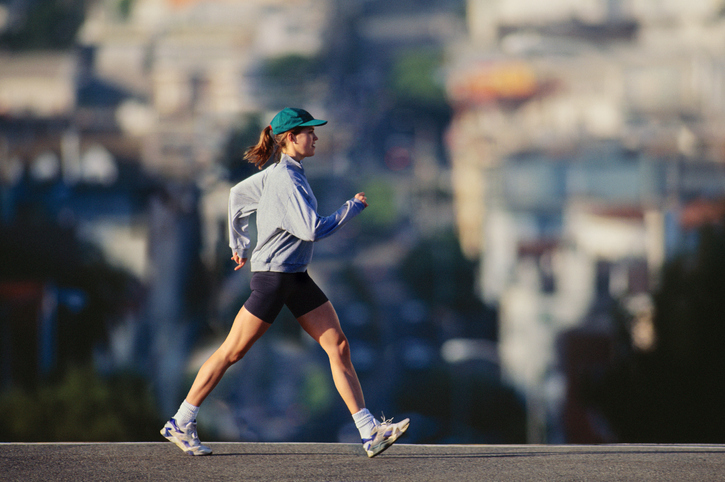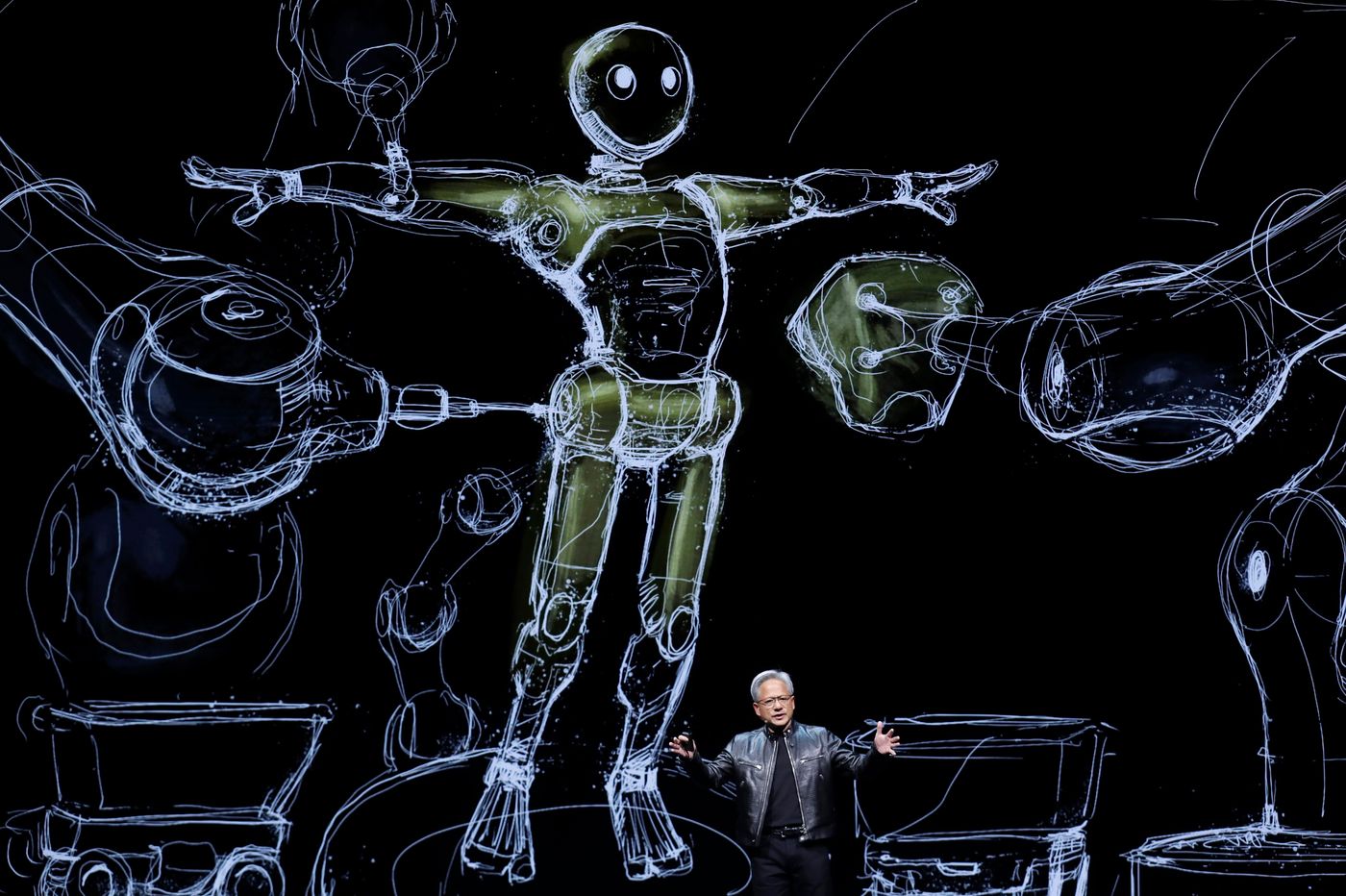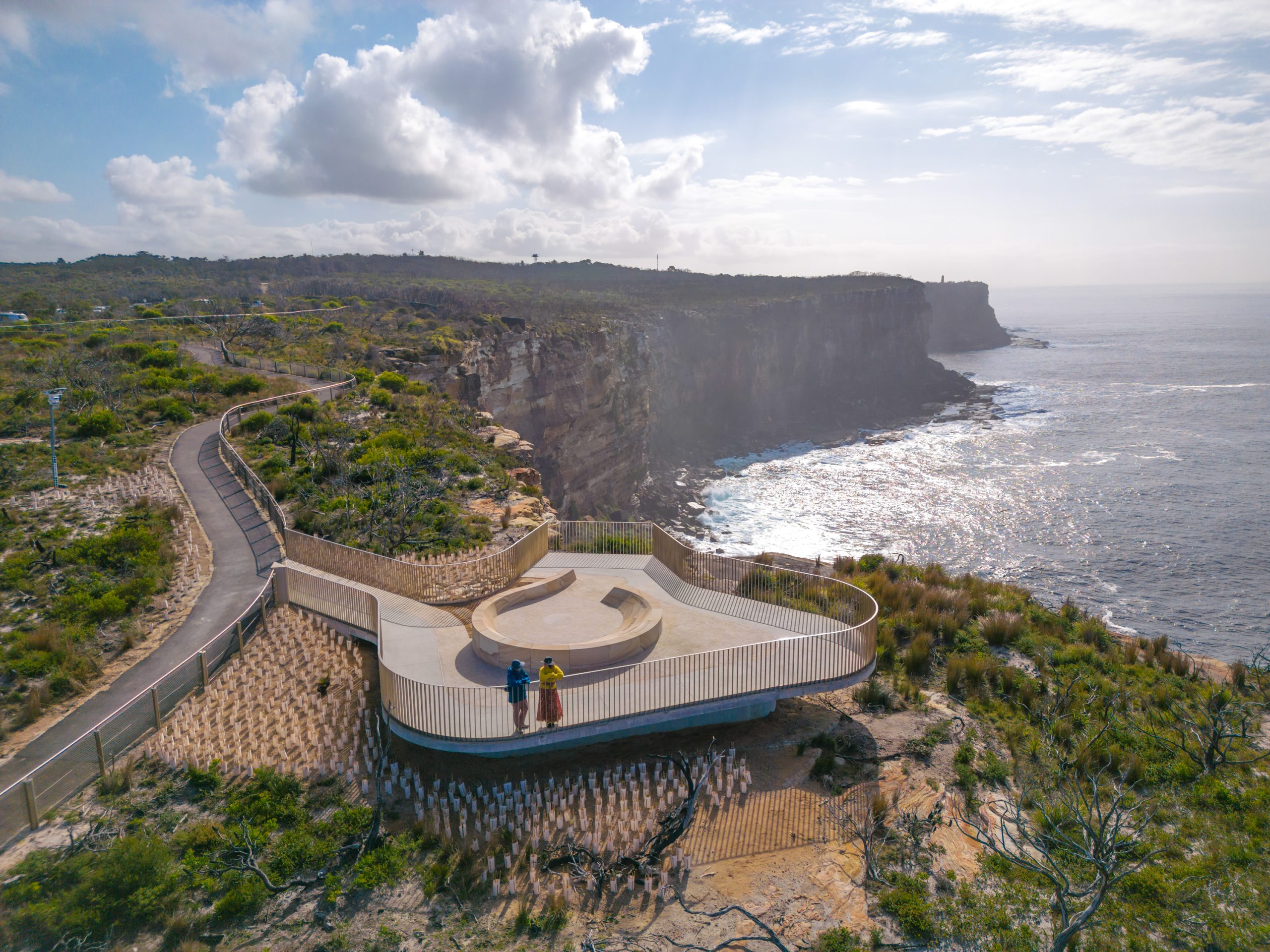The Surprising Ways Walking Delivers a High-Intensity Workout
Speed up those steps to boost longevity and burn more calories
Intensifying your fitness routine could come from the simplest change possible: how you put one foot in front of the other.
Walking with more intensity can burn as many calories as higher-impact activities such as running or even HIIT classes, experts say. That could mean incorporating weights, hills, intervals or a faster pace without breaking into a jog.
Reba Dodge always thought she needed to spend money on trendy workouts from spin to hot yoga to get fit. But the Maui, Hawaii-based floral designer and mother of two says she gets the best results from walking.
Over the past eight years, Ms. Dodge, 46, has experimented with ways to turn her daily fitness walk into a serious workout, including walking up a steep hill near her home, walking backwards and carrying 2-pound hand weights.
“The weights force me to engage my core more,” she says. “I’m even considering buying a weighted vest.”
Walking as a workout can provide stress relief and improve heart health. It is also one of the easiest ways to achieve the weekly physical activity—150 to 300 minutes of moderate activity or 75 to 150 minutes of vigorous activity—recommended by the World Health Organization.
“Lack of time is the number-one excuse people give for not getting enough physical activity,” says Thomas Allison, director of the Sports Cardiology Clinic at Mayo Clinic in Rochester, Minn.
He recommends people focus on the quality versus the quantity of their steps. The latest science suggests that we don’t need to take 10,000 steps a day (about 4 to 5 miles) for improved health or longevity.
Taking an 11-minute brisk walk daily will also lower your risk of stroke, heart disease and a number of cancers, according to a study from the University of Cambridge published in February.
Faster tempo
Speed up those steps and research suggests you can boost longevity. Plus, you can get the same—if not greater—calorie burn on a 20-minute walk where you incorporate intervals at a brisk pace as you would from a 40-minute walk at a leisurely pace, Dr. Allison says.
Katie Breden, 42, tries to always keep a pair of sneakers in her car. The mother of two grade-school-aged boys likes to have a backup plan for when she can’t fit in her Peloton workout. She will briskly walk laps around the field during their hourlong sports practices, or walk the perimeter of the park while they play.
“So many parents sit on the bench on their phones,” says Ms. Breden, a pre-K teacher based in Point Pleasant, N.J. “This is an easy way to squeeze in a workout, and I don’t get as sweaty as I would running or spinning, so I can go on with my day.”
Get moving
Scoring fitness gains from walking can be as easy as putting a little extra spring in your step. A study published in the British Medical Journal in December found that the lurching “silly walk” made famous in the British TV show “Monty Python’s Flying Circus” increased energy expenditure in adults by about 2.5 times compared with their usual walking style.
The researchers don’t expect people to start walking down the street high-kicking like John Cleese’s character, Mr. Teabag, says Glenn Gaesser, one of the study’s co-authors. He just hopes the study shows that you don’t need to spend a ton of money or time to burn more calories. Tiny changes in your routine can add up, especially when one is just getting back into shape.
“Upping the energy expenditure of your current movement or activity by taking higher steps a few times throughout the day can raise your metabolic rate,” says Dr. Gaesser, a professor at Arizona State University’s College of Health Solutions.
But for those looking to lose weight: Along with making healthy diet choices, you need to increase the intensity of your exercise. If jogging or running is uncomfortable on your joints, Dr. Allison suggests power walking, where you swing your arms, and race walking, where one foot remains in contact with the ground at all times.
Head for the hills
Incorporating hills into your walking routine is a low-impact way to challenge the muscles and heart more, says Abrea Wooten, senior national education manager for gym company Life Time Inc. Ms. Wooten walks uphill wearing a weighted vest on a treadmill to help train for ultramarathons. “It’s so much gentler on my joints,” she says. “The incline puts less stress on the knees.”
Treadmill walking got a huge boost of cool when social-media personality Lauren Giraldo’s 12-3-30 workout went viral on TikTok in 2020. The influencer says the workout, which involves walking on a treadmill for 30 minutes at the speed of 3 miles an hour on a 12% incline, helped her lose 30 pounds.
Ms. Wooten estimates that you can burn three to five times more calories a minute walking at an incline because of the extra work your quads and hamstrings put in. She advises gradually ramping up on the treadmill rather than jumping straight to a 12% incline. Start at 0.5% or 1% and add 1% to 2% every week.
Maintaining proper form is also important to get the most benefit and avoid injury. “If you need to hold on to the front rail of the treadmill, you should have slightly bent arms and keep your posture tall,” she says. “If you’re holding on for dear life and leaning back with straight arms, you need to ramp down the incline and pace.”
Leaning back disengages the core muscles, she says. Ideally you will find a pace that allows you to pump your arms.
Ms. Wooten suggests mixing up the types of walking you do every few months to keep the body challenged. On vacation, walk on the beach where the uneven sand works your stabilising muscles. Find a new route in your neighbourhood with rolling hills.
“Low-impact exercise does not have to be low-intensity,” she says.
 Copyright 2020, Dow Jones & Company, Inc. All Rights Reserved Worldwide. LEARN MORE
Copyright 2020, Dow Jones & Company, Inc. All Rights Reserved Worldwide. LEARN MORE
This stylish family home combines a classic palette and finishes with a flexible floorplan
Just 55 minutes from Sydney, make this your creative getaway located in the majestic Hawkesbury region.
As Paris makes its final preparations for the Olympic games, its residents are busy with their own—packing their suitcases, confirming their reservations, and getting out of town.
Worried about the hordes of crowds and overall chaos the Olympics could bring, Parisians are fleeing the city in droves and inundating resort cities around the country. Hotels and holiday rentals in some of France’s most popular vacation destinations—from the French Riviera in the south to the beaches of Normandy in the north—say they are expecting massive crowds this year in advance of the Olympics. The games will run from July 26-Aug. 1.
“It’s already a major holiday season for us, and beyond that, we have the Olympics,” says Stéphane Personeni, general manager of the Lily of the Valley hotel in Saint Tropez. “People began booking early this year.”
Personeni’s hotel typically has no issues filling its rooms each summer—by May of each year, the luxury hotel typically finds itself completely booked out for the months of July and August. But this year, the 53-room hotel began filling up for summer reservations in February.
“We told our regular guests that everything—hotels, apartments, villas—are going to be hard to find this summer,” Personeni says. His neighbours around Saint Tropez say they’re similarly booked up.
As of March, the online marketplace Gens de Confiance (“Trusted People”), saw a 50% increase in reservations from Parisians seeking vacation rentals outside the capital during the Olympics.
Already, August is a popular vacation time for the French. With a minimum of five weeks of vacation mandated by law, many decide to take the entire month off, renting out villas in beachside destinations for longer periods.
But beyond the typical August travel, the Olympics are having a real impact, says Bertille Marchal, a spokesperson for Gens de Confiance.
“We’ve seen nearly three times more reservations for the dates of the Olympics than the following two weeks,” Marchal says. “The increase is definitely linked to the Olympic Games.”

Getty Images
According to the site, the most sought-out vacation destinations are Morbihan and Loire-Atlantique, a seaside region in the northwest; le Var, a coastal area within the southeast of France along the Côte d’Azur; and the island of Corsica in the Mediterranean.
Meanwhile, the Olympics haven’t necessarily been a boon to foreign tourism in the country. Many tourists who might have otherwise come to France are avoiding it this year in favour of other European capitals. In Paris, demand for stays at high-end hotels has collapsed, with bookings down 50% in July compared to last year, according to UMIH Prestige, which represents hotels charging at least €800 ($865) a night for rooms.
Earlier this year, high-end restaurants and concierges said the Olympics might even be an opportunity to score a hard-get-seat at the city’s fine dining.
In the Occitanie region in southwest France, the overall number of reservations this summer hasn’t changed much from last year, says Vincent Gare, president of the regional tourism committee there.
“But looking further at the numbers, we do see an increase in the clientele coming from the Paris region,” Gare told Le Figaro, noting that the increase in reservations has fallen directly on the dates of the Olympic games.
Michel Barré, a retiree living in Paris’s Le Marais neighbourhood, is one of those opting for the beach rather than the opening ceremony. In January, he booked a stay in Normandy for two weeks.
“Even though it’s a major European capital, Paris is still a small city—it’s a massive effort to host all of these events,” Barré says. “The Olympics are going to be a mess.”
More than anything, he just wants some calm after an event-filled summer in Paris, which just before the Olympics experienced the drama of a snap election called by Macron.
“It’s been a hectic summer here,” he says.

AFP via Getty Images
Parisians—Barré included—feel that the city, by over-catering to its tourists, is driving out many residents.
Parts of the Seine—usually one of the most popular summertime hangout spots —have been closed off for weeks as the city installs bleachers and Olympics signage. In certain neighbourhoods, residents will need to scan a QR code with police to access their own apartments. And from the Olympics to Sept. 8, Paris is nearly doubling the price of transit tickets from €2.15 to €4 per ride.
The city’s clear willingness to capitalise on its tourists has motivated some residents to do the same. In March, the number of active Airbnb listings in Paris reached an all-time high as hosts rushed to list their apartments. Listings grew 40% from the same time last year, according to the company.
With their regular clients taking off, Parisian restaurants and merchants are complaining that business is down.
“Are there any Parisians left in Paris?” Alaine Fontaine, president of the restaurant industry association, told the radio station Franceinfo on Sunday. “For the last three weeks, there haven’t been any here.”
Still, for all the talk of those leaving, there are plenty who have decided to stick around.
Jay Swanson, an American expat and YouTuber, can’t imagine leaving during the Olympics—he secured his tickets to see ping pong and volleyball last year. He’s also less concerned about the crowds and road closures than others, having just put together a series of videos explaining how to navigate Paris during the games.
“It’s been 100 years since the Games came to Paris; when else will we get a chance to host the world like this?” Swanson says. “So many Parisians are leaving and tourism is down, so not only will it be quiet but the only people left will be here for a party.”
This stylish family home combines a classic palette and finishes with a flexible floorplan
Just 55 minutes from Sydney, make this your creative getaway located in the majestic Hawkesbury region.






















